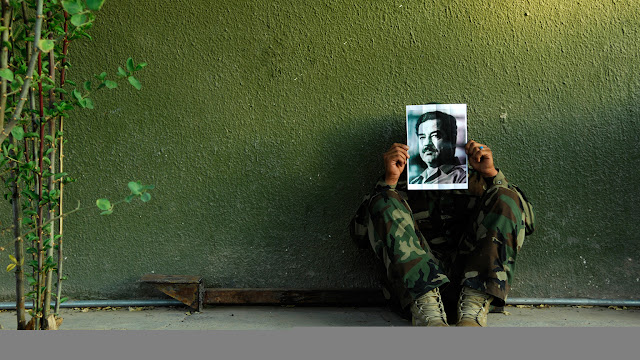Murder In Amsterdam: Liberal Europe, Islam, and The Limits of
Tolerance by Ian Buruma, Penguin, 2006.
On November 2, 2004, Theo Van Gogh, controversial filmmaker and
relative of painter Vincent Van Gogh, was brutally murdered on an Amsterdam
sidewalk by Mohammed Bouyeri. The killer was offended by the film
"Submission," a critical depiction of women under Islam written by
Ayaan Hirsi Ali, an outspoken opponent of political Islam who was also
threatened. This shocking event tested the attitudes of the Dutch, previously
known for their tolerance, as well as the country's immigrant Muslims.
Considering a variety of perspectives, Buruma examines the
career of right-wing, anti-immigrant politician Pim Fortuyn, murdered by a
fellow Dutchman, who found the Dutch "far too tolerant of
intolerance." He also speaks to Paul Scheffer, a former progressive
journalist who turned against multiculturalism, stating that the cultural gap
was too great between the Dutch natives and bearded Moroccans in a street
market near his home.
Buruma treats Islamic fundamentalist youth like Bouyeri with
insight. Caught between their immigrant village culture and the temptations and
rejections of modern, cosmopolitan Western society, and also embarrassed by
fathers who have trouble coping with Dutch life, they retreat into a closed
world of the like-minded, entertaining ideas of destruction and martyrdom.
Buruma also speaks to those who don't necessarily subscribe to
an inevitable clash of civilizations. Amsterdam councillor Ahmed Aboutaleb
promotes the integration of his fellow Muslims and speaks out against violent
religious views. For this Aboutaleb is labeled a collaborator and heretic by
the fundamendalists, but he bravely pleads his case, to the point of taking
schoolchildren to visit Auschwitz on National Remembrance Day and demonstrating
against Theo Van Gogh's murder.
There's also Job Cohen, mayor of Amsterdam, whose mother
experienced the Nazi occupation as a Jew. Cohen stressed, in a famous 2002
lecture, the importance of mutual respect and tolerance for opinions and habits
that Westerners neither share nor approve. He also called for the integration
of Muslims through their faith itself, "the only anchor they have when
they enter Dutch society."
Buruma gives incisive support to the mayor's thesis and leaves
the reader with a point of view that calls for reconciliation instead of
conflict: "It is precisely to avoid this notion of Kulturkampf, or 'clash
of civilizations,' that Cohen wants to reach an accommodation with the Muslims
in this city... Attacking religion cannot be the answer, for the real threat to
a mixed society will come when the mainstream of non-revolutionary Muslims has
lost all hope of feeling at home."


